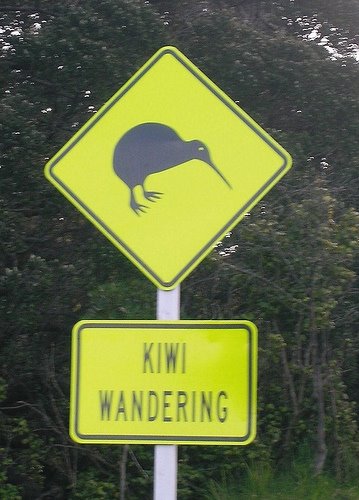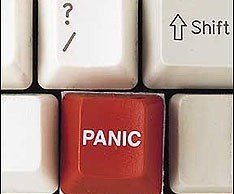
April 22nd is Earth Day. This is not a new 'day', in fact, it's older than me. In 1963 US Senator, Gaylord Nelson, decided he wasn't happy with the pollution and environmental conditions of our planet. As a senator he had a certain amount of power and the ear of the then president, John F. Kennedy, who he discussed his concerns with. The President agreed that the planet's environment was a serious issue so much so he went around the country on a five day tour to promote the idea of cleaning up the planet. People began making small changes.
In September 1969 at a conference in Washington, Nelson announced that in 1970 there would be a nationwide grassroots demonstration on the environment specifically focusing on the over population of the planet, a particular concern at the time. The idea of a global holiday to mark Earth Day was proposed at a UNESCO conference in 1969. An estimated 20 million Americans participated in the first Earth Day, April 22nd 1970, which was effectively the beginning of the modern environmental movement. The penny dropped, too, for different environmental groups who realised they had common values and a common goal. By 1990 Earth Day was celebrated in 141 countries around the world and by 2007, the largest Earth Day to date, a billion people were actively involved.
It's hard to see how things are changing from behind the dusty, smelly, rubbish filled fog in Cambodia. Public urination is common. Even a Wat (temple) wall on a very main road is not safe. People throw their rubbish away whereever they are or pile it up in over flowing plastic bags for hours or even days waiting for the tiny tonka-toy rubbish trucks to take it to the stinking, smokey, seeping mountain that is
Steung Meanchey on the outskirts of Phnom Penh.
The ubiquitous plastic bag; used in various sizes here for everything from drink containers to market carry bags, to waste containers for those with no plumbing, liberally litters roads, gutters, empty lots, building sites and water ways. It's tell tale pastel colouring like confetti in the dump. Invented in the US in 1957 their cheap, light weight construction and relative strength ensured their quick proliferation and by 2002 factories around the world were churning out a whopping 4-5 trillion of them.
Compared with paper bags, producing plastic ones uses less energy and water and generates less air pollution and solid waste. They also take up less space in a landfill. But many of these bags never make it to landfills and even if they did even 'biodegradable' plastic bags never completely biodegrade. The best they do is break down into tiny plastic glitter made, like the bags, of polymer resin using crude oil, natural gas, or other petrochemical derivatives.
Despite first impressions there are some good things happening in Cambodia. My friend Fleur and her artist friend Leang Seckon created
The Rubbish Project to highlight environmental issues using art...

...this beautiful naga was created in 8 days out of thousands of handcut plastic squares for International Water Day last year.
It was lit from the inside ....
.JPG)
CSARO (Community sanitation and recycling organisation) is another organisation trying to solve problems rising from a polluted waste filled environment and improve the living conditions of the urban poor, including the hundreds of people who work in Phnom Penh's own version of hell. When it began in 1997 CSARO sent a group of Cambodian 'waste pickers' to the Phillippines to learn how to weave plastic bags into bags, belts, purses and other things and then come back and teach others how to do the same. CSARO helped them find markets for their products.
Smateria , like Bloom, is not an NGO but a commercial/social enterprise set up by individuals who wanted to create something sustainable and profitable employing fair trade practices such as paying fair wages workers can actually live off using recycled materials. Diana, from Bloom writes a blog I read regularly called Cambodia Calling which you can read here.
When we were living in Samoa, like a few other countries have, it began the process of banning plastic bags which not only littered its beautiful land but also it's seas, killing turtles, seals, sea birds and fish often slowly and painfully. I would love to see this happen in Cambodia!






































.JPG)










